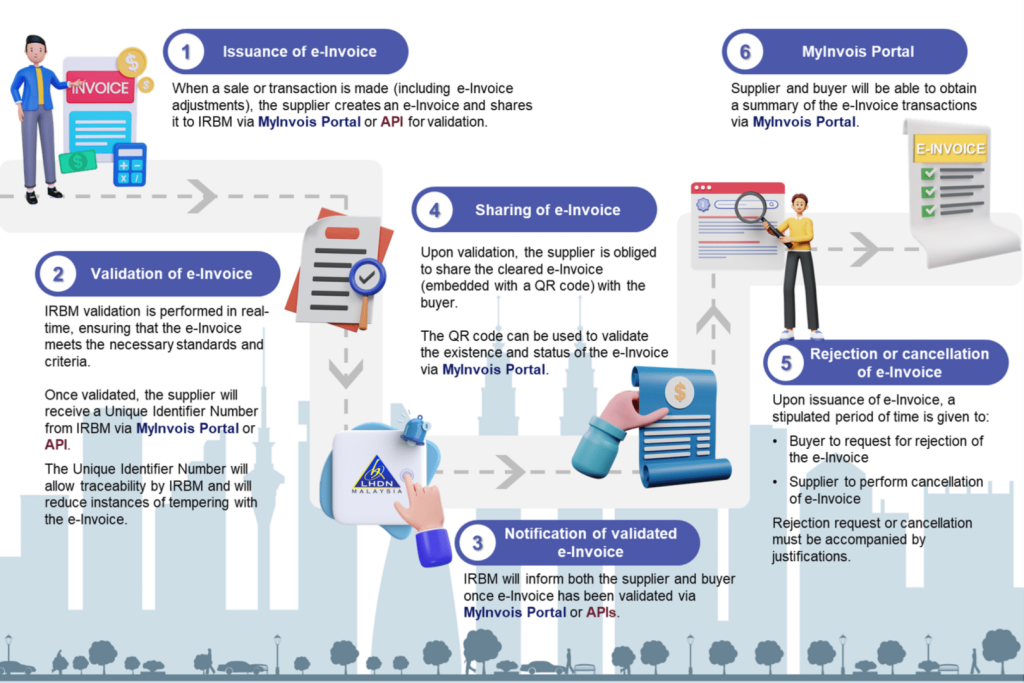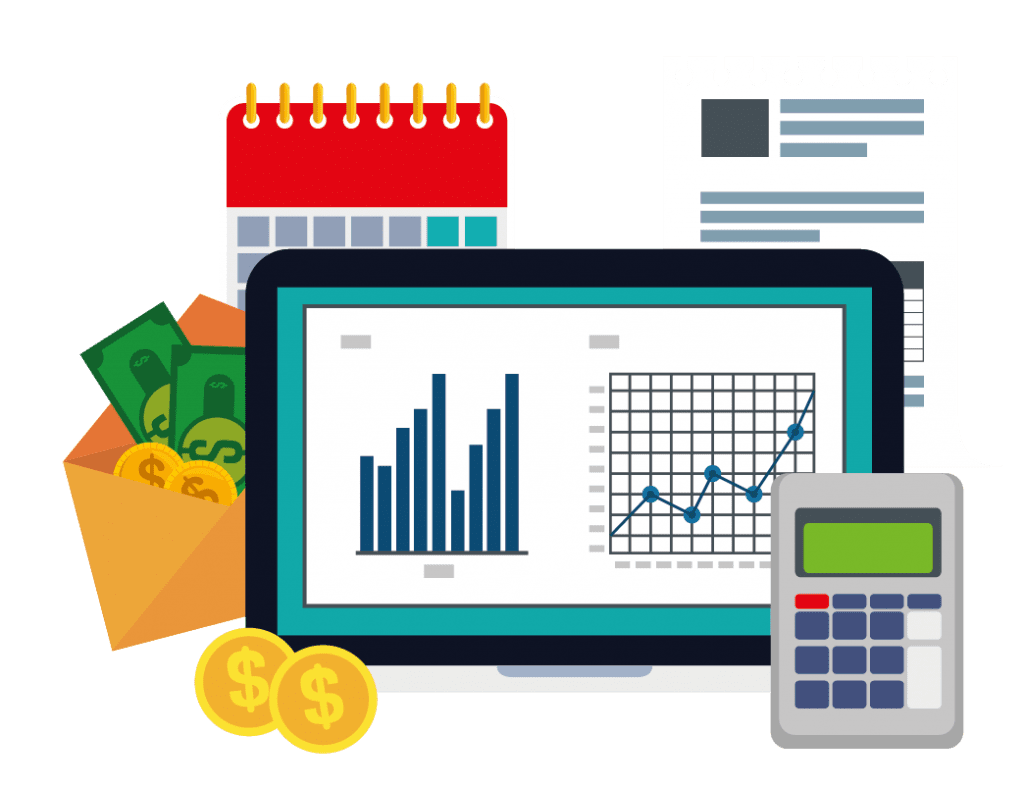What is the purpose of E-invoicing Autocount?
E-invoicing facilitates businesses in electronically generating, receiving, and storing invoices, aiming to enhance efficiency, accuracy, security, and streamline tax compliance.
Many people might be curious about the procedure and workflow of e-invoicing introduced by LHDN, and how it can enhance efficiency, save time, and improve transparency in the invoicing process. How does the adoption of e-invoicing benefit businesses in terms of invoicing and overall transactions?
What is e-invoice in Accounting?
An e-Invoice is a digital representation of a transaction between a supplier and a buyer. e-Invoice replaces paper or electronic documents such as invoices, credit notes, and debit notes.
An e-Invoice contains the same essential information as a traditional document, for example, supplier’s and buyer’s details, item description, quantity, price excluding tax, tax, and total amount, which records transaction data for daily business operations.
The e-invoice workflow
So what does the whole process of sending and receiving e-Invoice is like and how long does it take for the validation process?

Step 1: Issuance of e-Invoice.
The whole e-invoice process begins when a sale and or transaction is made (including e-invoice adjustments), which the supplier or sender creates and e-Invoice to share to IRBM via Myinvoice Portal or API for validation. For accounting solutions such as AutoCount, this feature is connected through API, by including e-Invoice within our system, users can have a more complete and automated invoicing process, without the need of accessing a portal often to send and receive invoices.
Step 2: Validation of e-Invoice.
As the submitted data needs to be validated before release, to ensure the e-Invoice meets the necessary standards and criteria, and according to info provided by LHDN, the validation process by IRBM is in real time or near-instantly.
After the validation process, the supplier will receive a Unique Identifier Number from IRBM within the platform they operate on, and the number will allow IRBM to trace as to reduce instances of tampering with e-Invoice, further strengthening the transaction’s safety and transparency.
Step 3: Notification of validated e-Invoice.
After e-Invoice validation, IRBM will notify both supplier and buyer, either in MyInvoice Portal or APIs.
Step 4: Sharing of e-Invoice.
Upon validation, the supplier is obliged to share the cleared e-Invoice with the buyer, with a QR code embedded within, which the purpose is to validate the existence of the e-invoice by enabling checking or viewing in the official MyInvois portal.
Step 5: Rejection/Cancellation of e-Invoice.
After the e-Invoice has been issued, a stipulated period of time is given, to allow the buyer to request for rejection of the invoice or supplier to cancel the e-Invoice in the process. In this stage, any rejection or cancellation request must be accompanied by justifications.
Step 6: MyInvois Portal.
While there might seems like there are a series of complex procedures involved to send and share invoices, but worry not, with solution such as AutoCount, the e-Invoice feature will be embedded within the system, which users only have to select or enter some basic detail to generate invoices, and let the system automates the rest while keeping you updated, integrating official e-Invoicing within the system also maintain a better data integrity, accuracy and safety.
Stay tuned for more information updates on e-Invoice!


